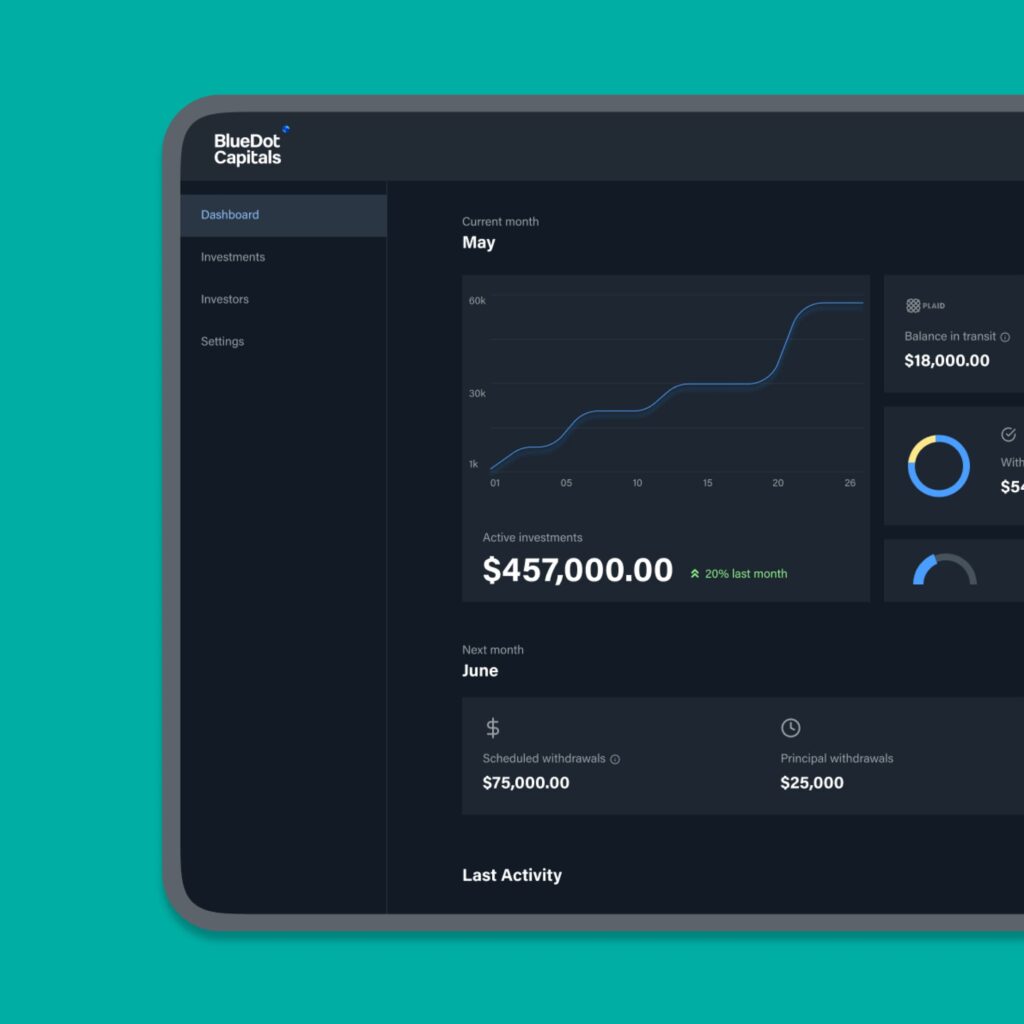Blog
SAAS Security and Best Practices

Today, we’ll be taking a look at SaaS security and the 2 pillars every founder needs to be aware of to make the right decisions when it comes to securing their business.
SaaS use today is gaining momentum. Organizations are starting to see opportunities to step into new markets and diversify their offerings. However, most of these are largely ungoverned.
Companies new to SaaS normally fail to comply with their own security, risk, and data compliance policies.
The other problem is that much of the SaaS usage in organizations is unauthorized, meaning that end users simply find a SaaS application online and start using it, often for free at first.
Losing access to your server, data, codebase, or infrastructure can spell disaster for your business.
This could stem from simple human error, malicious attacks, or conflicts with an outsourced team or agency.
The potential for someone to hold your business hostage, whether it be a software house or a disgruntled former employee, is a grave concern for many SaaS companies.
It’s one of the most common questions that our founder gets – How can I protect my SaaS or my software business? What measures can I take to make sure my business is completely safe?
Pillar 1: Backing Up Your Data & Data Security
What are some basic measures you can take here?
A fundamental and often overlooked aspect of data security is the practice of making regular backups.
As we mentioned earlier, most companies still neglect to back up their databases. Off-site backups are crucial and should be implemented so that the backup environment is entirely separate from the primary infrastructure.
This means setting up backups in a location where developers have only write access, preventing any potential for data deletion or tampering.
Another important aspect is the regular use of PC cleaner tools to maintain the performance and security of your computer systems.
These tools help remove unnecessary files, optimize performance, and contribute to a more secure IT environment.
What are the more advanced measures?
For those looking to enhance their data security further, automated replication across multiple databases is recommended.
This approach ensures that even if you back up daily, you won’t lose more than a few seconds of data, as changes are replicated in real-time.
This setup is complex and costly but provides a robust defense against data loss.
Pillar 2: Infrastructure Access
Securing Access:
It’s critical to manage access to your DNS and domain credentials carefully. Always ensure that keys and passwords are given only to sub-accounts that do not own the infrastructure.
This helps mitigate risks associated with ex-employees retaining access. Passwords must be reset every time someone leaves the company. Using tools like an open-source password manager allows you to securely share and update passwords.
We’ve heard numerous accounts from developers who still have access to DNS accounts of their previous employers. Such oversights can lead to significant security risks.
Continuous Monitoring and Support:
Another critical aspect is the implementation of automated testing and uptime monitoring to alert you immediately of any failures.
In terms of support, the most cost-effective method for SaaS companies without an active development team is to hire a part-time full-stack developer.
While more comprehensive on-demand support offers faster response times, it is usually more expensive and only justifiable for larger companies.
Conclusion
Security in the SAAS industry requires a proactive approach and a clear understanding of the basic and advanced measures necessary to protect your business. Implementing strong data backup strategies and secure access protocols can significantly reduce the risk of catastrophic data loss or unauthorized access.
If you are looking for more in-depth guidance or need help implementing these strategies, consider reaching out to a Fractional CTO.
Looking to stay tuned?
Join more than 1500 SaaS founders who receive weekly exclusives in the form of in-depth articles, podcast videos, webinars, customizable templates, and more straight to their inbox!
Read more


Case study:
Blue Dot Capitals
Learn how Blue Dot Capitals Successfully Built an MVP for an Investment App.

Building High-Performance SaaS Teams: Navigating Equity Partnerships and Cultural Dive...

How to Find and Vet Developers in Eastern Europe & Latin America

5 Things Founders Learned Going From Startup to Growth-Stage Business

Unraveling the Complexity of API Integrations
Create a free plan for growth
Speak to Victor and walk out with a free assessment of your current development setup, and a roadmap to build an efficient, scalable development team and product.
“Victor has been great. Very responsive and understanding and really knows his stuff. He can go the extra mile by tapping into his prior experiences to help your company out. Really enjoyed working with him.”
Founder of Agency360

Victor Purolnik
Trustshoring Founder
Author, speaker, and podcast host with 10 years of experience building and managing remote product teams. Graduated in computer science and engineering management. Has helped over 300 startups and scaleups launch, raise, scale, and exit.